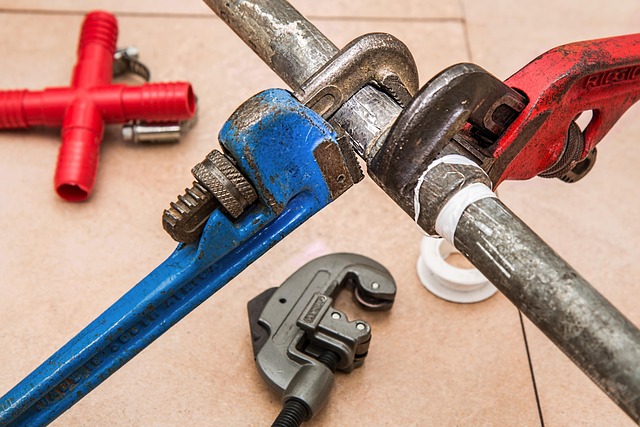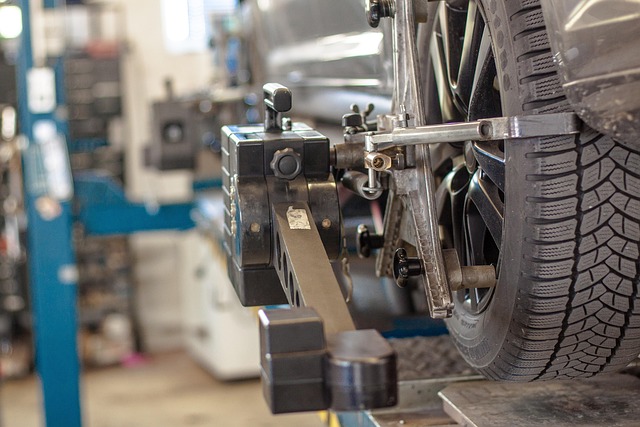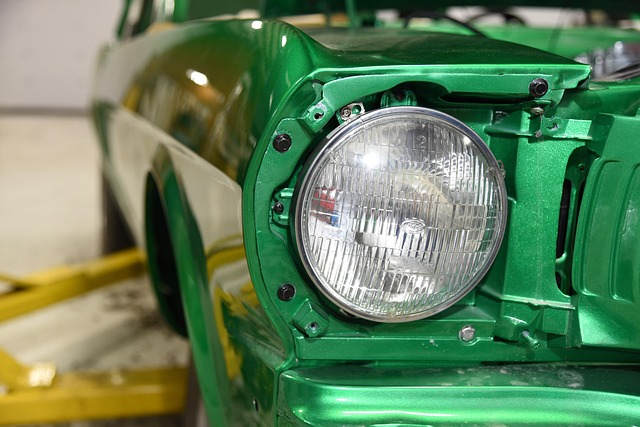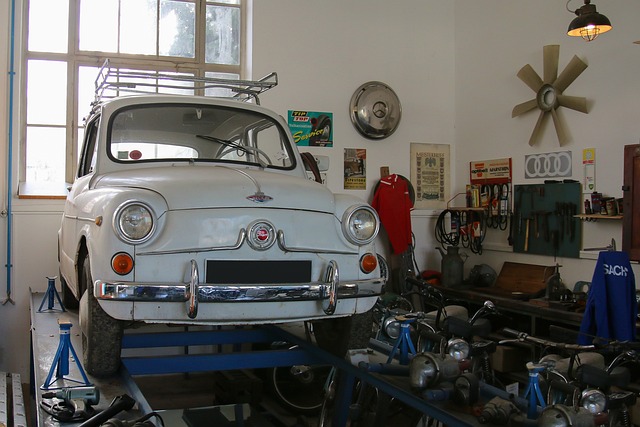Loose wheel nuts pose significant risks while driving, causing hazards, uneven tire wear, and increased maintenance costs. To prevent these issues, prioritize safety during DIY auto repairs by using correct tools and following structured approaches. Regularly check and tighten wheel nuts with a torque wrench, referring to the vehicle manual for specifications. Avoid common mistakes like over-tightening or under-tightening, and ensure parking on level surfaces with the parking brake applied. Regular maintenance enhances car safety and tire longevity, preventing flat tires and peace of mind on the road.
Are you tired of a noisy ride due to loose wheel nuts? This comprehensive guide, tailored for select DIY auto repairs, will equip you with the knowledge to tackle this common yet potentially hazardous issue. We’ll break down the causes, safety considerations, and step-by-step instructions to ensure your wheel nuts are tight and secure. Learn how to avoid common mistakes and maintain your vehicle’s longevity, all while saving on professional services.
- Understanding Loose Wheel Nuts: Causes and Risks
- Safety First: Gather Tools and Materials
- Steps to Securely Tighten Wheel Nuts
- Common Mistakes to Avoid During Repair
- Maintenance Tips for Longevity and Peace of Mind
Understanding Loose Wheel Nuts: Causes and Risks

Loose wheel nuts can be a common issue that many drivers may encounter at some point. Understanding the causes and risks associated with this problem is essential for every car owner considering DIY auto repairs. Several factors contribute to wheel nuts becoming loose, including regular wear and tear over time, improper tightening during initial installation, or even exposure to extreme temperatures and road conditions.
When wheel nuts are not securely fastened, it can lead to several dangers while driving. A loose nut might come off entirely, causing a potential safety hazard and requiring immediate attention. Moreover, it can result in uneven tire wear, as one side of the tire bears more weight, leading to increased maintenance costs for repairing or restoring old car interiors. Regularly checking and tightening wheel nuts is crucial, and proper lubrication during re-tightening can help prevent future issues, alongside recommended tire rotation instructions.
Safety First: Gather Tools and Materials

When tackling any DIY auto repairs, safety should always be your top priority. Before you begin to fix loose wheel nuts, ensure you have the right tools and materials on hand. This might include a wrench or socket set with varying sizes, a jack, jack stands, and new wheel nut securing products like locking wheel nuts or lug bolts. These essentials are crucial for both effective and safe repairs.
Remember that proper safety measures will not only protect you from potential injury but also ensure the job is done right. Following tire rotation instructions, replacing an air filter car, or addressing a diy coolant leak repair—no matter how simple—requires the correct tools and a step-by-step approach to avoid any mishaps.
Steps to Securely Tighten Wheel Nuts

When it comes to ensuring your vehicle’s safety and stability on the road, properly securing wheel nuts is non-negotiable. Here’s a step-by-step guide for those considering tackling this DIY auto repair themselves. Begin by warming up the car slightly to ensure the nuts are easier to tighten without over-tightening. Next, use a torque wrench to achieve the recommended tightening specification, which can typically be found in your vehicle’s manual or on a sticker inside the driver’s door. This is crucial for preventing damage to the wheels and ensuring optimal performance during driving.
After properly tightening the nuts, double-check each one manually to confirm they are secure. Remember, loose wheel nuts can lead to serious safety hazards, such as a potential blowout or loss of control while driving. Regularly inspecting and addressing any loose nuts is part of responsible car maintenance alongside other DIY repairs like fixing a misfiring engine or even tasks like a diy radiator flush.
Common Mistakes to Avoid During Repair

When tackling any DIY auto repairs, especially fixing loose wheel nuts, it’s crucial to be aware of common mistakes that can compromise safety and effectiveness. One of the most frequent errors is assuming that all wheel nuts are tightened to the same specification. Each vehicle model has specific torque settings for each nut, so always refer to your car’s manual for accurate figures. Ignoring this crucial step can lead to over-tightening or under-tightening, both of which can cause damage to your wheels and suspension system.
Another mistake to avoid is not using the right tools for the job. Using a wrench that doesn’t fit properly can result in stripped nuts or even injury. Always opt for high-quality tools designed for the task at hand. Additionally, don’t overlook safety precautions such as parking on a level surface and applying the parking brake to ensure your car stays still during the repair process. Remember, selecting the right DIY auto repairs guides, like our diy timing belt replacement guide or diy engine oil change tutorials, can significantly enhance your troubleshooting skills and save you time and money.
Maintenance Tips for Longevity and Peace of Mind

Regularly checking and tightening wheel nuts is an essential part of vehicle maintenance that many overlook. It’s a simple yet critical task that contributes to your car’s overall safety and longevity. By keeping these fasteners secure, you reduce the risk of a flat tire due to nut loosening, especially at high speeds. Additionally, it prevents uneven tire wear, ensuring optimal performance and extending the life of your tires.
For DIY enthusiasts, selecting the right tools for the job is key. Investing in a good-quality socket set with various sizes will enable you to tackle different wheel nut configurations. When performing car electrical repairs DIY or addressing a misfiring engine, keeping an eye on wheel nuts is a smart habit. Remember, proper maintenance gives you peace of mind, knowing your vehicle is reliable and safe on the road.
Fixing loose wheel nuts is an essential part of regular vehicle maintenance, ensuring both safety on the road and preventing costly accidents. By understanding the causes, gathering the right tools, and following proper tightening techniques (as outlined in this guide), you can confidently tackle this DIY auto repair. Remember, a little time invested in these simple steps goes a long way in keeping your wheels securely fastened and your vehicle running smoothly. For those who enjoy Select DIY Auto Repairs, this knowledge can provide peace of mind and save money on professional services.
